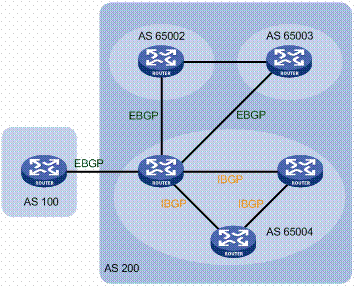Payment systems are a critical component of everyday life in our society. While in many situations payments are still slow, opaque, siloed, expensive or even fail, users expect them to be fast, transparent, cheap, reliable and global. Recent technologies such as distributed ledgers create opportunities for near-real-time, cheaper and more transparent payments. However, in order to achieve a global payment system, payments should be possible not only within one ledger, but also across different ledgers and geographies. In this paper we propose Secure Payments with Overlay Networks (SPON), a service that enables global payments across multiple ledgers by combining the transaction exchange provided by the Interledger protocol with an intrusion-tolerant overlay of relay nodes to achieve (1) improved payment latency, (2) fault tolerance to benign failures such as node failures and network partitions, and (3) resilience to BGP hijacking attacks. We discuss the design goals and present an implementation based on the Interledger protocol and Spines overlay network. We analyze the resilience of SPON and demonstrate through experimental evaluation that it is able to improve payment latency, recover from path outages, withstand network partition attacks, and disseminate payments fairly across multiple ledgers. We also show how SPON can be deployed to make the communication between different ledgers resilient to BGP hijacking attacks.
翻译:虽然在许多情况下,付款仍然缓慢、不透明、仓促、昂贵甚至失败,但用户期望它们迅速、透明、廉价、可靠和全球性。最近的技术,例如分配分类账,为近实时、更便宜和更透明的付款创造了机会。然而,为了实现全球付款系统,付款不仅应在一个分类账内进行,而且应在不同的分类账和地理系统中进行。在本文件中,我们提议用重叠网络(OSON)进行安全付款,这一服务通过将Interledger协议提供的交易往来与入侵性容忍性重叠以实现:(1) 改善付款时间,(2) 对节点故障和网络隔断等无害性失败的容忍度,(3) 对BGP劫机袭击的复原力。我们讨论设计目标,并根据Interledger协议和Spinges重叠网络提出实施。我们分析SPON的复原力,并通过实验性评估证明它能够改进付款时间,从路径过往恢复,抵御网络隔断袭击,并传播不同指令的支付情况。我们还可以通过多层次的MSGP系统分类账。




